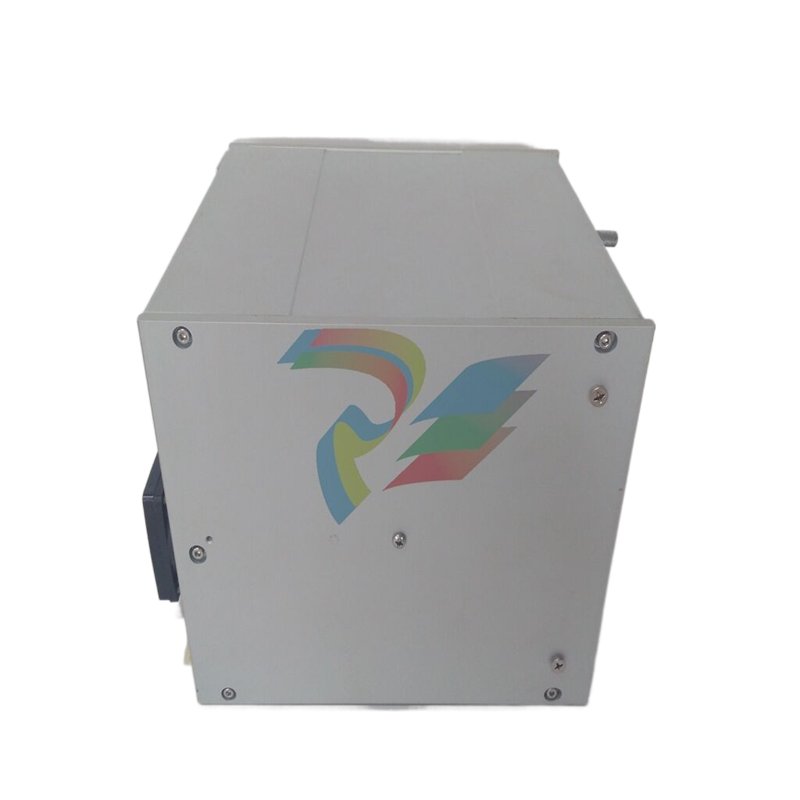
FOXBORO RH926GH: Industrial-Grade Module for Automation Engineering Solutions
Industrial module components form the backbone of modern automation systems, and the FOXBORO RH926GH stands out as a reliable solution for demanding applications. Engineers across industries trust this module for its robust construction and precise performance in critical processes.
Technical Specifications: FOXBORO RH926GH
Physical Parameters
- Dimensions: 150 x 90 x 45 mm
- Weight: 650 grams
- Housing Material: Industrial-grade aluminum alloy
- Protection Rating: IP67 (dust and water resistant)
Electrical Characteristics
- Operating Voltage: 24V DC ±10%
- Current Consumption: 120mA typical
- Signal Range: 4-20mA / 0-10V configurable
- Isolation Voltage: 1500V AC
Performance Specifications
- Accuracy: ±0.1% of full scale
- Response Time: <50ms for 90% step change
- Operating Temperature: -40°C to +85°C
- Storage Temperature: -50°C to +100°C
- MTBF: >250,000 hours at 40°C
Integration and Compatibility
The FOXBORO RH926GH specifications highlight its exceptional compatibility with various automation engineering solutions. Furthermore, this industrial module component seamlessly integrates with most standard control systems through its configurable I/O options. Many system integrators prefer this module because it reduces installation time while maintaining high reliability.
Additionally, the module supports multiple communication protocols including HART, Foundation Fieldbus, and Profibus PA. This flexibility makes the RH926GH particularly valuable for plants undergoing digital transformation. Consequently, facilities can upgrade their systems without replacing existing infrastructure.
Industrial Applications
Engineers deploy the FOXBORO RH926GH across numerous industries due to its rugged design and precise measurements. For instance, oil and gas facilities utilize these modules for critical process monitoring. Similarly, pharmaceutical manufacturers rely on them for batch process control where accuracy is paramount.
Water treatment plants also benefit from the module’s corrosion-resistant housing and high protection rating. Moreover, power generation facilities incorporate these components into their distributed control systems. The broad applicability stems from the module’s ability to maintain performance in harsh environments while delivering consistent results.

Leave a comment
Your email address will not be published. Required fields are marked *